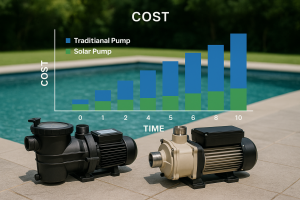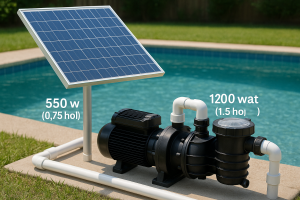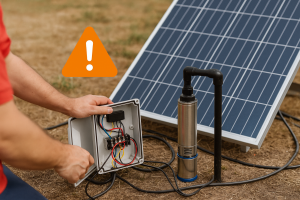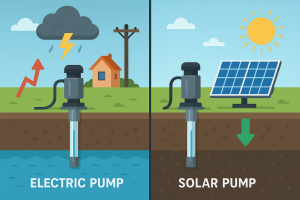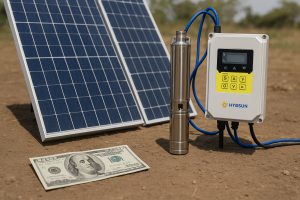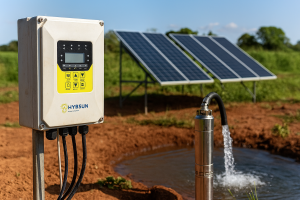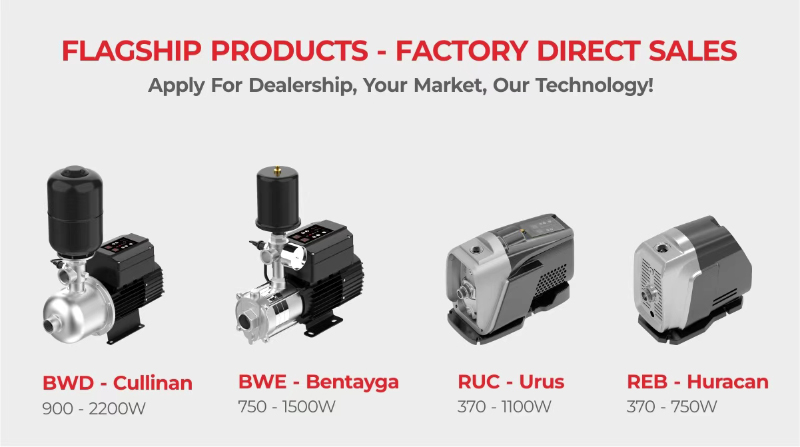Pool pumps drain your electricity and your wallet. Rising energy prices make it worse every year. What if you could run your pump for free, using only the sun?
A solar pool pump is the smarter long-term investment. While it costs more upfront, it uses a highly efficient motor and free solar energy. This means it pays for itself in 1-3 years through massive electricity savings, unlike traditional pumps that constantly cost you money.
That's the short answer. But as a distributor, you need to know the details for your customers. You need to understand the technology, the real costs, and the long-term benefits. Let's break it down so you can make the best choice for your business and help your customers succeed.
Why is a solar pool pump so much more efficient?
You see two pumps that look similar, but one wastes huge amounts of energy. This means higher running costs and unhappy customers. The secret to performance is inside the motor itself.
Solar pool pumps are more efficient because they use a permanent magnet synchronous motor (PMSM). This advanced motor doesn't lose energy like the asynchronous motors in traditional pumps. It directly converts solar power into pumping action with very little waste, saving a lot of energy every day.
!
When I talk with buyers like you, the conversation always comes around to technology. The motor is the heart of the pump, and it's the biggest difference between a solar pump and a traditional one. At my factory, HYBSUN, we focus on the best motor technology.
The Old Way: Asynchronous Motors
Traditional pool pumps use an asynchronous motor. This is older, simpler technology. It works, but it's not very efficient. It creates a magnetic field that drags the rotor to make it spin. But there is always a "slip," meaning the rotor never quite keeps up. This slip wastes a lot of energy as heat. That's why these pumps get hot and use so much electricity. They are cheaper to make, but they cost your customer money every single day.
The New Way: Synchronous Motors (PMSM)
| Our solar pool pumps use a Permanent Magnet Synchronous Motor, or PMSM. This is a big step up. Instead of inducing a magnetic field, we build powerful permanent magnets directly into the rotor. This allows the rotor to lock on and spin in perfect sync with the magnetic field. There is no slip. This means almost all the energy from the solar panels goes directly into pumping water. This high efficiency means the pump can start earlier in the morning, run later in the evening, and even work on cloudy days. | Feature | Asynchronous Motor (Traditional) | PMSM (Solar) |
|---|---|---|---|
| Efficiency | 50-70% | 85-95% | |
| Energy Loss | High (lost as heat) | Very Low | |
| Technology | Older, simpler | Modern, advanced | |
| Lifespan | Shorter (runs hotter) | Longer (runs cooler) |
Is a solar pump actually cheaper over time?
Your customer sees the high price tag on a solar pump and hesitates. They might buy a cheaper traditional pump instead, not realizing the hidden costs that will follow for years.
Yes, a solar pump is much cheaper over its lifetime. The initial cost is higher, but there are zero electricity bills. A traditional pump is cheap to buy but costs thousands in electricity over the years. The solar pump usually pays for itself completely within 1-3 years.
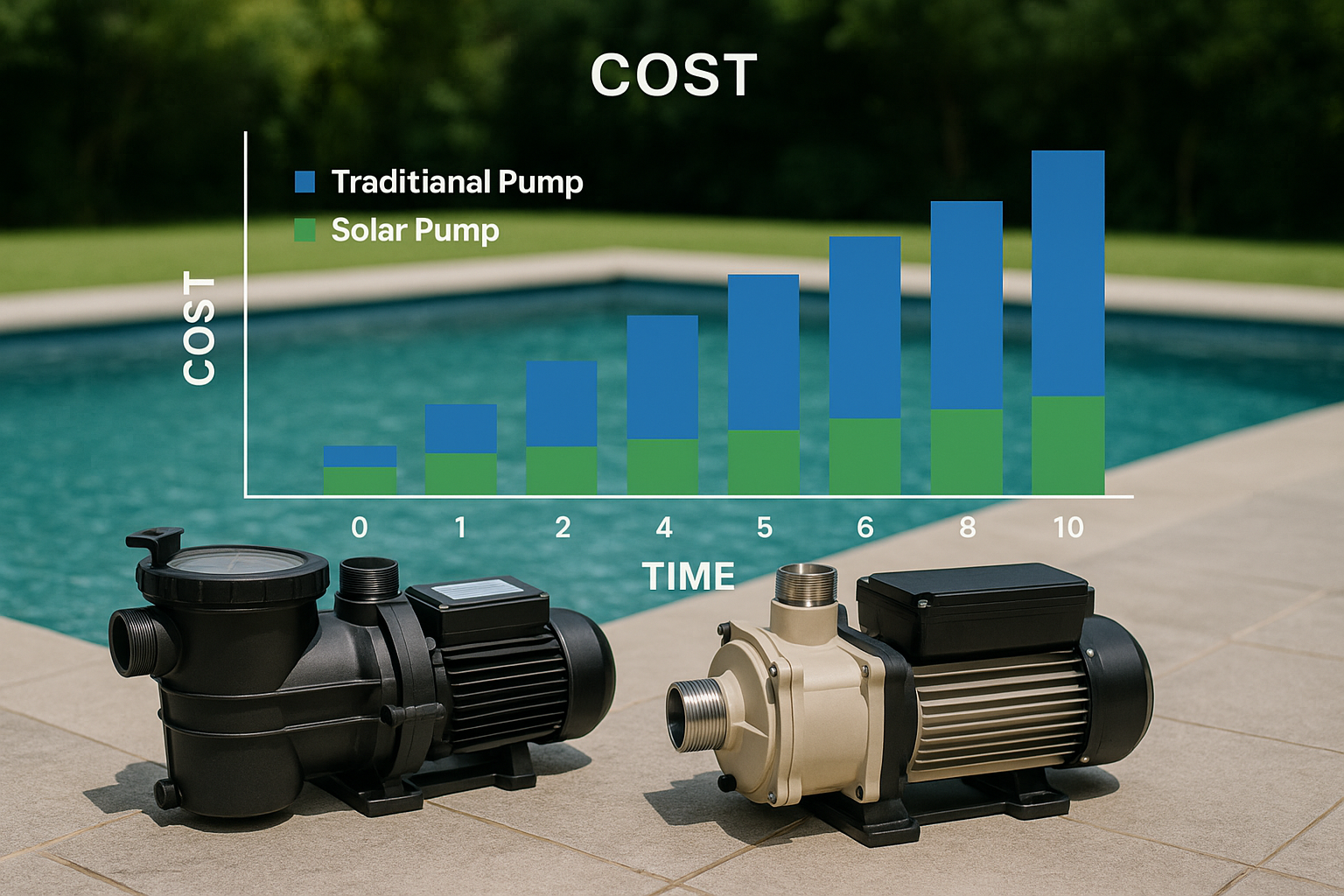 "Total Cost of Ownership Comparison"
"Total Cost of Ownership Comparison"
The most common question I get at trade shows is about price. Everyone wants to know the cost. But the smartest buyers, like you, know to ask about the total cost of ownership. This is where the solar pump always wins. Let’s look at the real numbers.
The Initial Investment
A solar pool pump system does cost more upfront. You are not just buying a pump. You are buying the high-efficiency pump, the solar panels to power it, and a smart MPPT inverter to manage the power. It's a complete energy solution. A traditional pump is just one piece of the puzzle; the electricity company owns the other expensive piece.
The Long-Term Savings
| This is the most important part for your customers. A traditional pump has a small price tag but a huge, endless electricity bill attached. In a country like South Africa, with plenty of sun and rising energy costs, that bill can be very large. A solar pump, after the initial purchase, costs nothing to run. The sun's energy is free. I've seen customers save hundreds or even thousands of dollars every year. The pump quickly pays for itself, and after that, the savings go directly into your customer's pocket. It's not a cost; it’s an investment with a great return. | Cost Factor | Traditional Pump | Solar Pump |
|---|---|---|---|
| Initial Cost | Low | High | |
| Running Cost | High (Electricity Bill) | Zero (Free Solar) | |
| Maintenance | Higher (runs hot) | Lower (runs cool) | |
| Payback Period | N/A | 1-3 Years | |
| 5-Year Cost | Very High | Just the initial cost |
Which pump is the right choice for the African market?
Choosing the right pump for your customers is critical. A bad choice means unsold stock and a damaged reputation. You need a product that fits the local needs and environment perfectly.
For markets like South Africa with abundant sun and rising electricity costs, the solar pool pump is the clear winner. Its durability, low running costs, and independence from the grid make it a perfect solution for farmers and homeowners who value long-term reliability and savings.
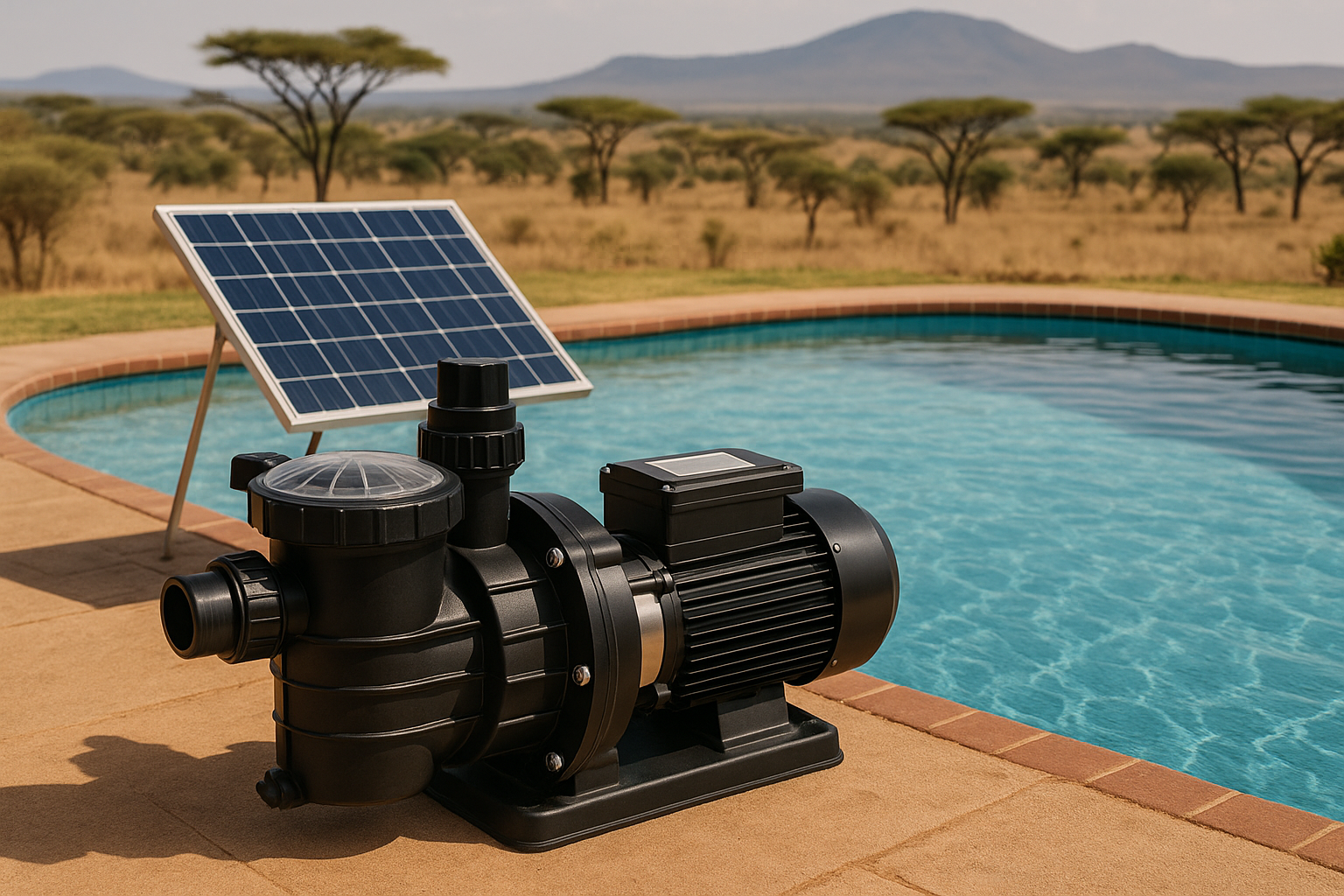 "Solar Pumps in the African Market"
"Solar Pumps in the African Market"
I've been exporting our HYBSUN pumps to Africa for years. I understand the challenges and the opportunities. Distributors like you need products that don't just work, but that solve real problems for your customers. That's why I am confident that solar is the future.
Built for a Tough Environment
Africa has strong sun, high heat, and often dusty conditions. A pump needs to be tough. Our solar pumps are made with corrosion-resistant stainless steel. Because the PMSM motor is so efficient, it runs much cooler than a traditional pump motor. This means it has a longer life and is less likely to fail in high-temperature environments. We also ensure our products have CE certification, so you know they meet international standards for safety and quality.
Independence from the Grid
In many areas, the electrical grid is not reliable. Power cuts can stop a traditional pump from working, which can be a disaster for a farmer who needs irrigation. A solar pump is completely independent. If there is sun, there is water. This provides water security that a grid-tied pump can never offer. For your customers, this reliability is often more important than the cost savings.
A Smart Investment for Farmers
| Your main customers—small and medium-sized farmers—are business people. They understand investments. When you explain that a solar pump is a one-time purchase that eliminates a recurring bill, they listen. It simplifies their budget and makes their farm more profitable. And when you offer a product with a 3-5 year warranty, like ours, it gives them the confidence to invest. | Feature for Africa | Benefit for Your Customer |
|---|---|---|
| Runs on Solar | Zero electricity bills, works during power cuts | |
| Stainless Steel Body | Durable, long-lasting in heat and dust | |
| High-Efficiency Motor | Runs longer each day, better performance on cloudy days | |
| Long Warranty | Peace of mind and a secure investment |
Conclusion
A solar pool pump costs more today but saves you much more tomorrow. It’s an investment in efficiency, reliability, and freedom from rising energy costs for your customers.
